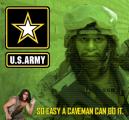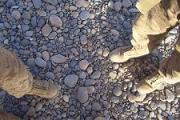That was originally the idea but aside from other things the personnel issues both in higher ranking positions and the requirements for what actually needs to be expanded at BN and below would probably have to be agreed on and implemented before it went much of anywhere.



 ) maneuver Bn and the RSTA Sqn needs a lot more thought but it's definitely the way to go. They also need to be called Bdes -- because a BCT was a Battalion Combat Team a long time before some smart guy reinvented the wheel.
) maneuver Bn and the RSTA Sqn needs a lot more thought but it's definitely the way to go. They also need to be called Bdes -- because a BCT was a Battalion Combat Team a long time before some smart guy reinvented the wheel. 
 ). Gar-bahge; change the system to support the military requirement instead of trying -- foolishly -- to design a TOE to support the personnel system. Bass ackwards...
). Gar-bahge; change the system to support the military requirement instead of trying -- foolishly -- to design a TOE to support the personnel system. Bass ackwards...




 One of the suggestion that MacGregor made that I did like was to have a BG lead the upsized BCT. DO you feel the RSTA should stay R-S-T-A focused or be more of a Cav unit, as we currently use cav?
One of the suggestion that MacGregor made that I did like was to have a BG lead the upsized BCT. DO you feel the RSTA should stay R-S-T-A focused or be more of a Cav unit, as we currently use cav?








Bookmarks